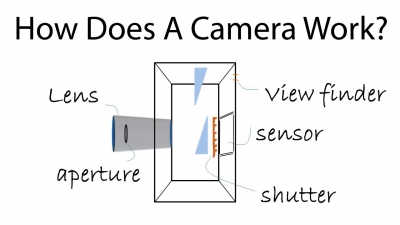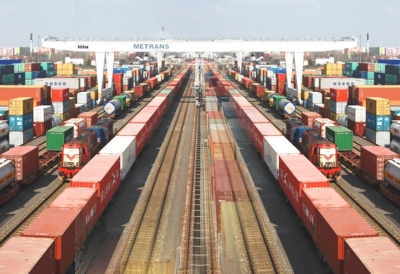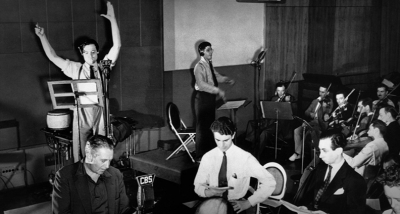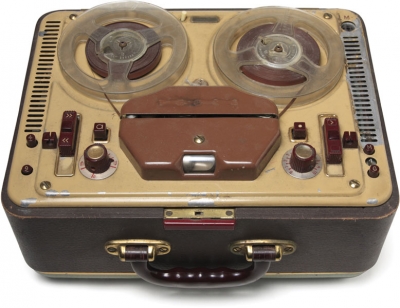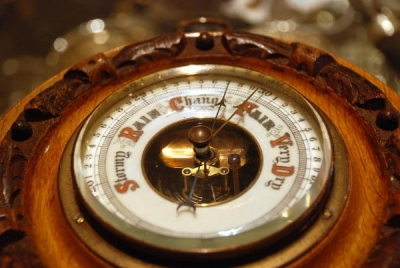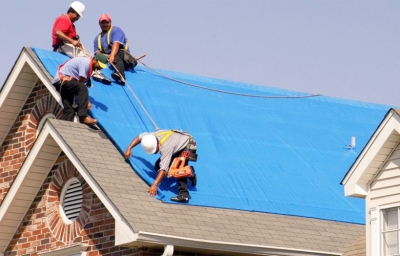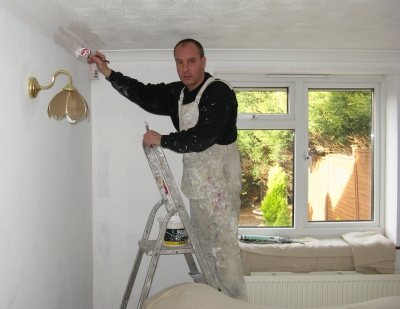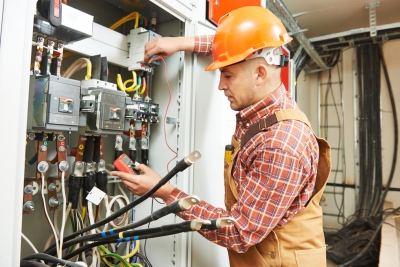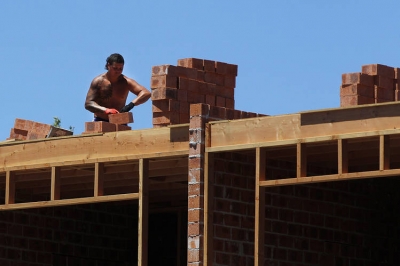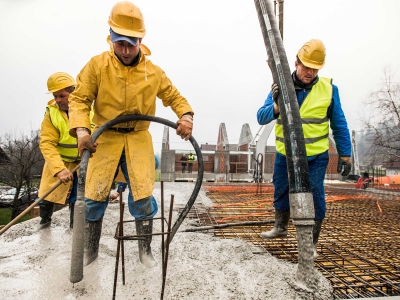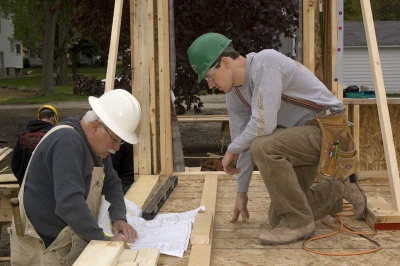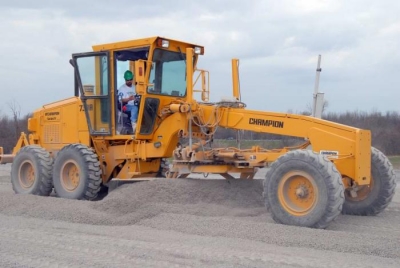When and where motion pictures were invented?
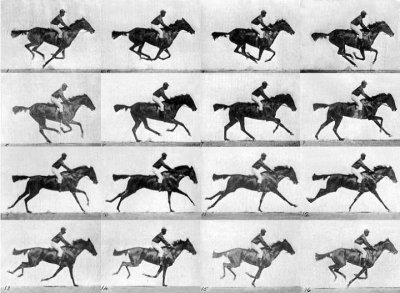
In 1831 the Belgian physicist Joseph Plateau produced an apparatus which he called the phenakistoscope. This was followed by other devices such as the zoetrope or ‘wheel of life’ of the British inventor William Horner in 1834 and praxinoscope of the Frenchman Emile Reynaud in 1880. Despite their difficult names these apparatuses were all fairly simple and they all exploited a certain characteristic of the human eye.
If an object is placed before our eye its image is picked up by the retina, an extremely sensitive screen inside the eyeball. Every change of object outside causes a change in the image received by the retina and if the changes are rapid enough a whole line of images can blend into one. In the phenakistoscope and the other machines a series of image showing the various stages of a person in movements were shown on a revolving drum. All the images ran together and the viewer received the impression of continuous movement. Modern animated cartoons are also produced by rapid succession of drawings.
An important development in motion pictures took place in 1889 when the famous American inventor Thomas Edison, succeeded in using photographs instead of drawings. The photographs were taken one after the other on one roll of film. Edison then invented the Kinetoscope to show his moving pictures. This was kind of peep-show device which showed viewer about fifteen seconds of life-like movements.
The first truly modern cinematographic machine was produced in 1895. In that year the brothers Auguste and Louis Lumiere of France patented their famous and historic ‘cinematograph’.
Picture Credit : Google
